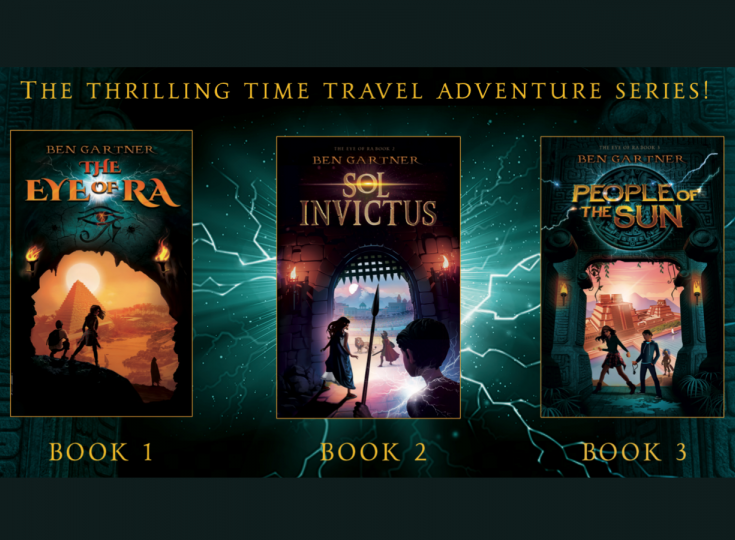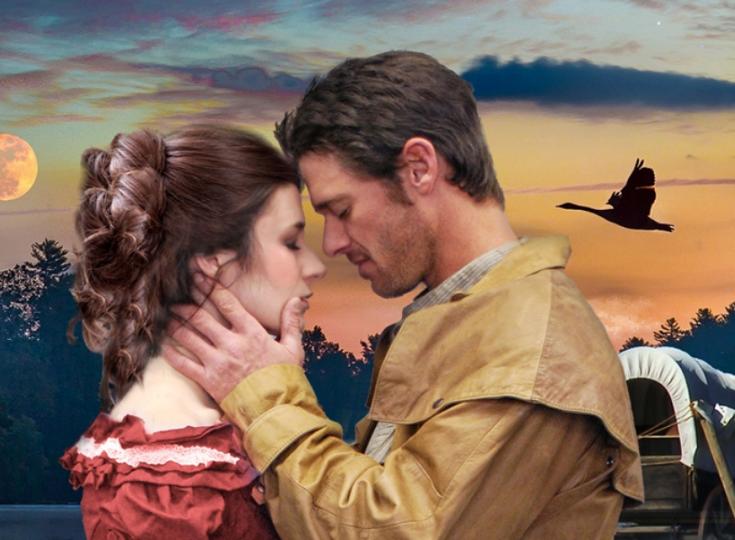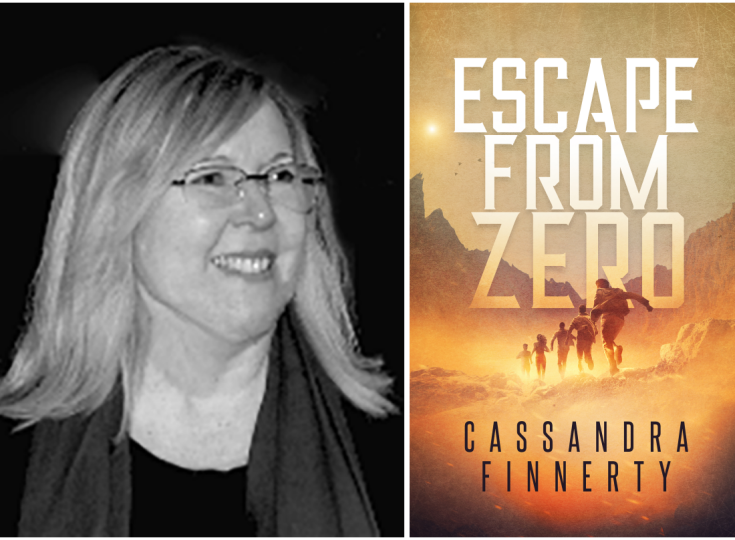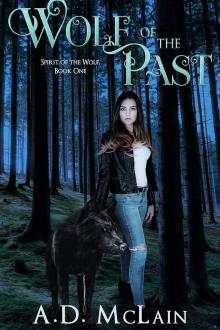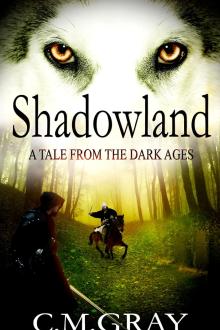Martha Conway - Inspired by History and Family Ties
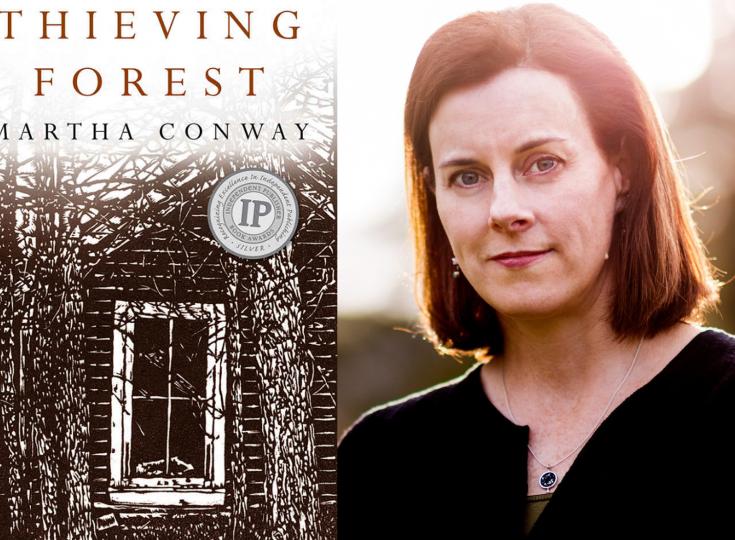
Martha Conway grew up in Ohio with her parents and six sisters. Her fascination with history, her love for her sisters and the beauty of the Ohio landscape inspired her to write Thieving Forest, an extraordinary novel that will keep readers wanting more. As our Author of the Day, we interview Martha and she reveals just how much research went into the book, how she created her characters and what inspires her.
Please tell our readers what Thieving Forest is about.
My friend describes Thieving Forest as “Gone Girl meets Little Women” — in 1806, seventeen year old Susanna Quiner hides as her four older sisters are taken from their cabin by a band of Potawatomi Indians. Their parents have recently died and all the other settlers are out in their fields, so Susanna rashly decides to go after them herself. The man who loves her, part Potawatomi himself, follows her when he realizes she’s gone. Over the course of the next five months, the Quiner sisters contend with captivity, starvation, betrayal, and love as they try to return to their old lives, or forge new ones.
From publishing your first book up until now, how do you think you have evolved creatively?
I feel as though I can keep many more balls up in the air than before. My plots have gotten more complex, but that means I have to think through more elements. Like any reader, I love interconnected story details, and I like recurring themes or tropes. I’m also much more interested in the reader’s experience now. When I first began writing, I tried to make lovely sentences and interesting characters, but I had a hard time stepping outside of that to envision how someone else would read my work. I think I’ve gotten better at doing that as I try to create a satisfying reading experience.
Your book contains a wealth of detail about the landscape and tribes, how much research did you have to do and how did you manage to describe it all in such an engaging manner?
There was an enormous amount of research involved, but I like doing research! Reading about the time period always helps me find my way into the story. There were a lot of details I wish I could have used but which didn’t serve the plot, so I had to chuck them. The trick is not to use period details just for their own sake, but make sure they belong. Also, I try not to overload a paragraph or scene. Get in, plant a detail, get out — that’s my goal!
 The enlarged map of northwest Ohio which is over my desk. Various rivers and character routes are highlighted in different colors.
The enlarged map of northwest Ohio which is over my desk. Various rivers and character routes are highlighted in different colors.
I probably did about six months of research before I started writing, and then of course I had to keep doing research as the story developed. The main thing was to make sure I understood what and who would inhabit that landscape at that time. The Native American component was very complicated, with lots of different tribes that called each other (and themselves) by different names. I also wanted to use Native American speech in the story. Luckily, there were a some Wyandot and Potawatomi dictionaries online. I used those extensively.
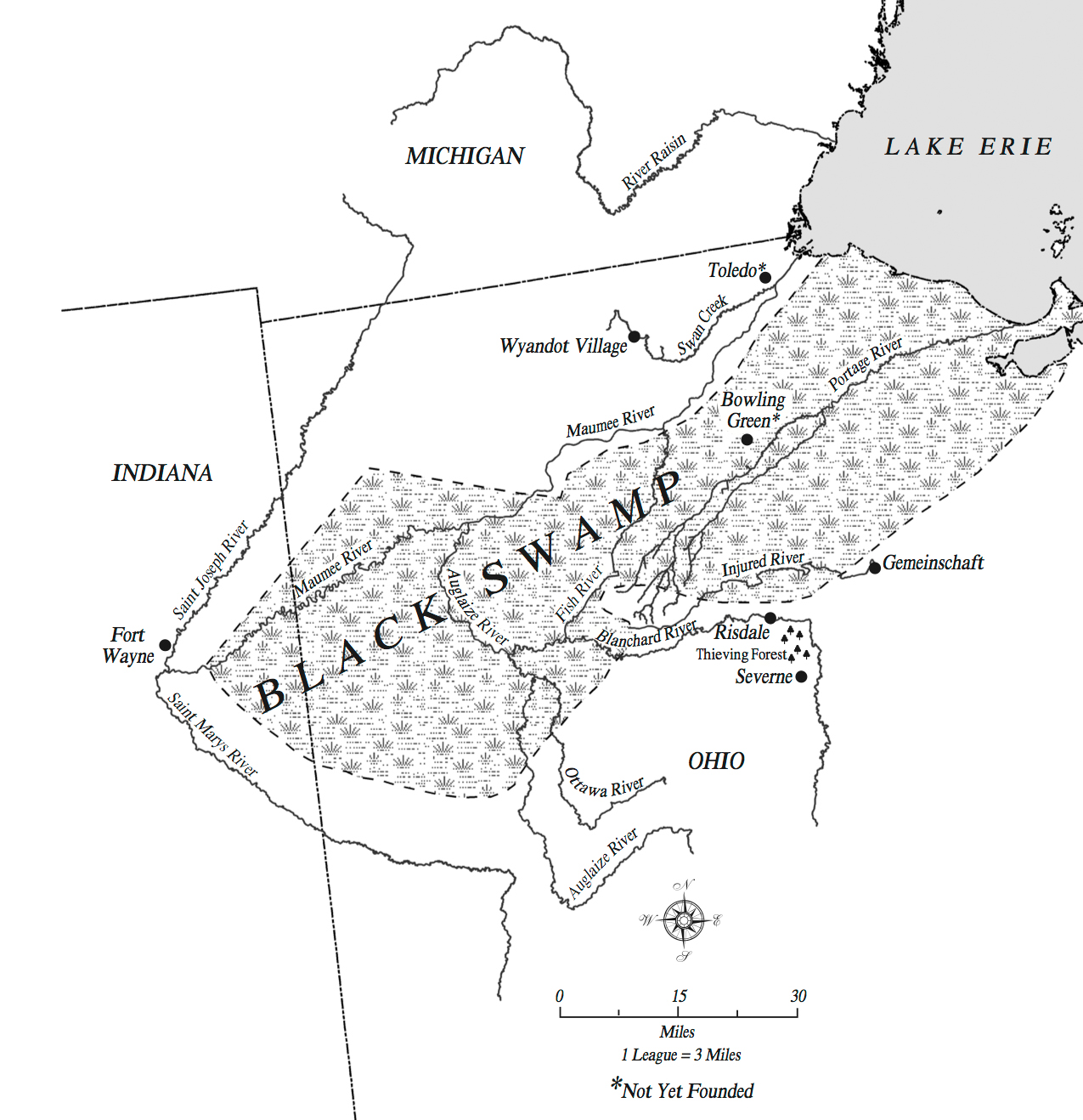 The map of the area where Thieving Forest takes place (with both real and fictional place names indicated).
The map of the area where Thieving Forest takes place (with both real and fictional place names indicated).
Did you start with the idea for the characters, the location or the time period when writing Thieving Forest?
I almost always start with characters. I have five older sisters, and I’ve wanted to write a story about a large family of sisters for a long time. I thought if I set it two hundred years ago my real sisters wouldn’t recognize themselves. No such luck!
What is it that drew you to writing historical fiction after your first novel, which was a mystery?
In college I majored in History and English, so it was a natural fit. I think I always wanted to write historical fiction, but I was afraid of all the research. The nice surprise was that, as I mentioned earlier, doing research really fed the story; it helped me develop the characters and the plot. It didn’t make storytelling harder, as I feared.
Susanna is a resilient character, yet still very vulnerable. Was it hard to maintain this balance while still keeping her relatable and interesting?
Thank you! I’m glad you found her relatable and interesting. As the younger sister, Susanna has to be resilient, because she’s had so many people telling her what to do all her life. I think we can all relate to that. She never really intended to go as far as she did, but one thing led to another. I tried to show her good side and her bad side. She’s not completely unselfish—she wants to find her sisters for her own sake as well as theirs—but in the end she has a good heart. I hope so, at least.
What made you choose Thieving Forest as the title for the book?
Oh the lists of titles I made for this novel! I really wanted to have the word “Sisters” in the title, but I couldn’t find anything that really worked. When I hit upon Thieving Forest, it seemed like a good metaphor for the entire story. The four older sisters are taken into a forest that the settlers called Thieving Forest, but they come out the other side and live new lives. So does Susanna. The forest in this case is more like a gateway than a stopping point. There’s a theft, yes, but that’s only the beginning.
Can you give us some insights in your writing process?
I write Monday through Friday for at least two hours a day. On first drafts, I write at least 500 words a day. This doesn’t sound like much, but I can’t tell you how many times I’ve written for a while and then thought, Oh that’s fine, that’s enough for one day. I go back and count how many words I’ve written and it’s like two hundred words — less than a page! If I push myself to write more, I almost always write something that shows me the direction for the next writing day.
Also, I have lots of notecards because I do a fair amount of research before I begin writing at all. These can serve to inspire me. And when I still feel stuck I go back and do more research — after I’ve written 500 words.
 My messy writing desk.
My messy writing desk.
Who would you like to see portrayed the role of Susanna if Thieving Forest is ever given the Hollywood treatment?
I love Chloe Grace Moretz; she can look vulnerable one moment and cunning the next, just like Susanna.
What did you personally find the most interesting in your research for this book?
The fact that in some Native American communities, women could be leaders. Some were chiefs, and there might be more than one chief in a village. Also, I was interested in the sheer number of different communities that co-existed in Ohio at that time. Most of them were Native American, but there were also white settlers and religious sects. Also a fair number of loners called backwoodsmen.
What fascinates you about Ohio in the early 1800's?
Well, I’m from Ohio, and the wet landscape, all the trees and foliage, feels very natural to me. I grew up in the suburbs and played pioneer, like probably every other girl in Ohio.
You teach creative writing. What is your favorite piece of writing advice?
At the moment I like the advice that in every scene, a character should want something.
What are you working on right now?
I’m working on a book called The Floating Theatre, which takes place on the Ohio River before the Civil War. A young seamstress working on a ramshackle riverboat theatre gets caught up in the Underground Railroad.
Where can our readers discover more of your work or interact with you?
My web site is www.marthaconway.com. I blog about the process and craft of writing. I also tweet daily writing prompts via @marthamconway on twitter.
